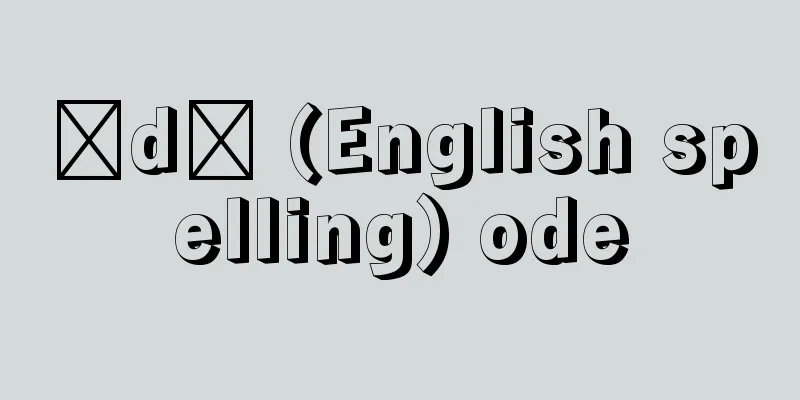MPEG

|
Abbreviation for Moving Picture Expert Group. An international standard method for efficiently encoding and compressing moving images. Originally, MPEG was the name of a working group established by the International Organization for Standardization (ISO) in 1988 to create standards for compressing and expanding moving images, but it has come to refer to the standard itself. MPEG1 is an encoding technology that compresses images and audio to 1.5 megabits per second, and displays images at 352 x 240 pixels at 30 frames per second, or 352 x 288 pixels at 25 frames per second, with image quality comparable to that of a VHS-format VTR. It is intended for packaged media such as karaoke and CD-ROMs. MPEG2 is an encoding technology that compresses images and audio into 4 to 15 megabits per second, and displays images at 30 frames per second, covering a range from television broadcasts (720 x 480 pixels) to high-definition class and above (1920 x 1080 pixels). It is intended for high-quality images such as DVDs (digital versatile discs), digital video cameras, and direct-reception satellite broadcasts, and is also planned to be installed in personal computers. MPEG3 was originally intended for high-definition classes, but was absorbed into MPEG2 in 1992 and disappeared. MPEG4 was originally proposed for applications with strict transmission path conditions, but in February 1999 it was adopted as an international standard for a wide range of applications, including shape coding and the combination of CG (computer graphics) and natural images. The compression standard for only the audio portion of MPEG1 is called MP3, and is used to digitize audio signals. [Michinori Iwata] MPEG7 is a standard for describing multimedia content including video and audio, while MPEG21 is a standard for standardizing digital content. [Editorial Department] [Reference] |Source: Shogakukan Encyclopedia Nipponica About Encyclopedia Nipponica Information | Legend |
|
moving picture expert groupの略語。動画像を高能率符号化してデータ圧縮するための国際標準方式。本来、MPEGとは、国際標準化機構(ISO)に1988年に設立された動画像の圧縮・伸長の規格をつくる作業部会名であるが、規格そのものをもよぶようになった。 MPEG1は画像と音声をあわせて毎秒1.5メガビットに圧縮する符号化技術、映像の表示は352×240画素を毎秒30フレーム、または352×288画素を毎秒25フレーム、画質はVHS方式のVTRなみである。カラオケ、CD-ROM(ロム)などのパッケージメディア向けである。 MPEG2は画像と音声をあわせて毎秒4~15メガビットに圧縮する符号化技術、映像の表示は毎秒30フレームでテレビ放送(720×480画素)からハイビジョンクラス以上(1920×1080画素)までカバーする。DVD(デジタル多用途ディスク)やデジタルビデオカメラ、直接受信衛星放送などの高画質向けで、パソコンにも搭載が計画されている。 MPEG3はもともとはハイビジョンクラスに用意されたが、1992年にMPEG2に吸収されて消滅している。 MPEG4は、最初は伝送路条件の厳しい用途用に起案されたが、形状符号化やCG(コンピュータ・グラフィクス)と自然映像との組合せなど幅広い応用の国際標準化が1999年2月に定められた。 MPEG1の音声部分だけの圧縮規格はMP3とよばれ、オーディオ信号のデジタル化に利用される。 [岩田倫典] MPEG7は、映像や音声を含むマルチメディアコンテンツを記述するための標準規格、MPEG21は、デジタルコンテンツの標準化のための規格である。 [編集部] [参照項目] |出典 小学館 日本大百科全書(ニッポニカ)日本大百科全書(ニッポニカ)について 情報 | 凡例 |
Recommend
Bugle band
…A military band, whose main purpose is to boost ...
Mochokidae
...The Congo Basin also contains one other specie...
Zhukovsky
[1] (Nikolaj Jegorovič Žukovskij Nikolai Egorovich...
Melanocyte
… The third important property of the epidermis i...
Discriminant analysis
It is a multivariate analysis method that mathemat...
Nest sign - Socho
1761‐1814 (11th year of the Horeki era‐11th year o...
Forestry Agency - Rinyacho
An external bureau of the Ministry of Agriculture...
Hoatzin (English spelling)
A bird of the Opisthocomidae family of the order L...
Abeno Doji - Abeno Doji
...Abe no Doji, Seimei's childhood name, mean...
Yamagata clan
A clan that took the names of the counties of Yama...
Horned hat - Horned hat
〘Noun〙① A headgear made of isosceles triangular fa...
Oyster key pipe - Oyster key pipe
...It is also called the Eustachian tube because ...
Conversational poetry - Kaiwataishi
...The former is a fantasy poem in which the poet...
Ryu
A fictional robot weapon that appears in the Japan...
Public Service - Regret
〘noun〙 ("ku" is the Go-on pronunciation ...









